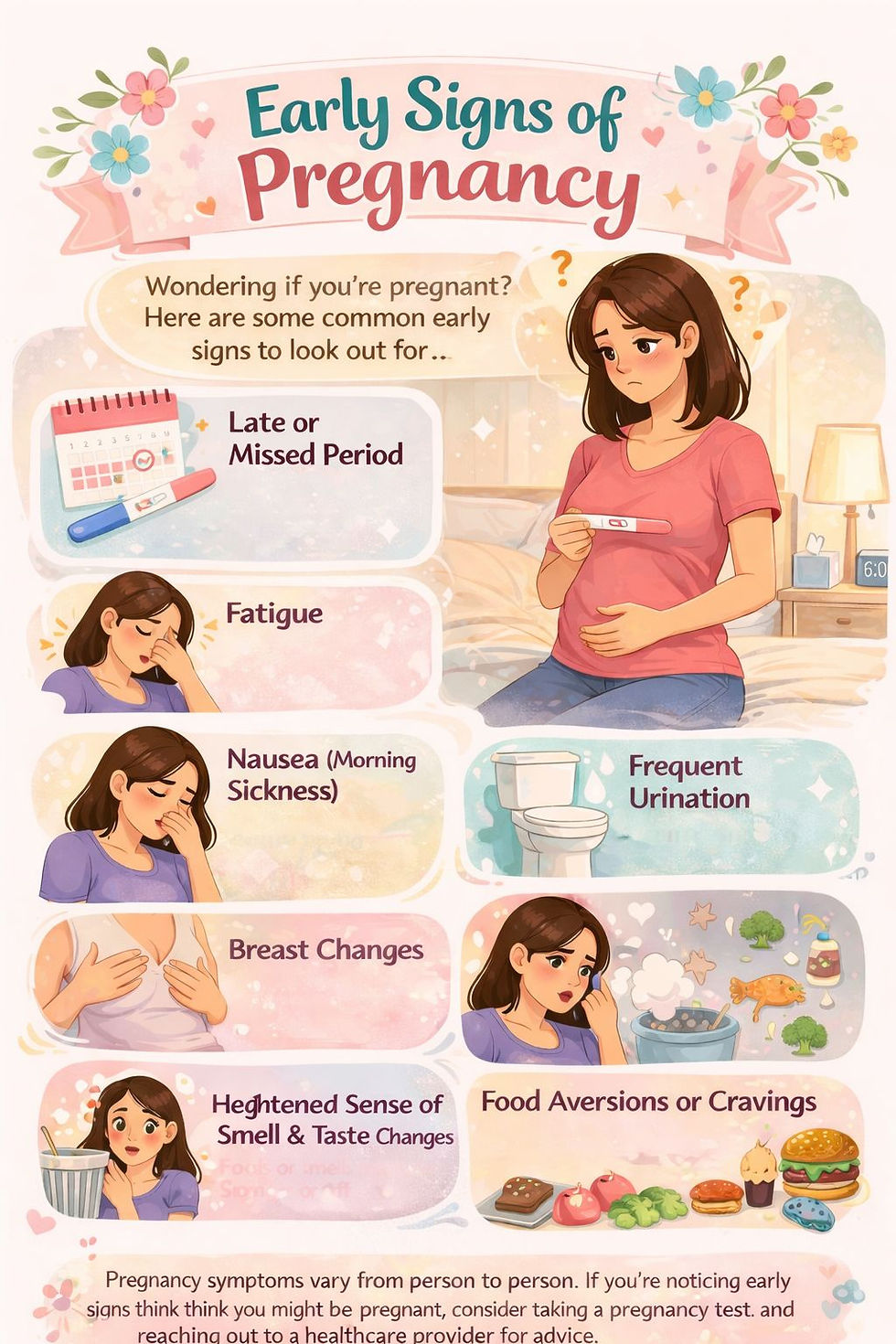A Miracle Baby: Grappling with Repeated Miscarriages
- Dr Peter Chew

- Apr 28, 2020
- 3 min read
Updated: Jul 25, 2020
Never did she expect that starting a family was such a challenge. She had had 3 miscarriages for the past 4 years. Y, aged 35, came from a neighboring country. For her first pregnancy, she conceived within 6 months of her marriage. She thought that everything would be smooth-sailing. Unfortunately, she had a miscarriage at about 10 weeks of gestation. She felt upset and grieved over her loss for a while. It took her another year to conceive the second time. The pregnancy progressed smoothly until the fetal heart stopped beating at 12 weeks of gestation. She was devastated and suffered a short spell of depression. She had some blood tests done by her local gynecologist, who told her that all the results were normal and the miscarriage was due to “bad luck”.
She moved with her husband to another town due to his work commitments. She was pregnant soon after. Again, mishap happened at around 16 weeks of gestation. This time, she was told that the miscarriage was due to an abnormal wedge of tissue which was found to divide the upper part of her uterine cavity.
“Doc, can you please confirm this anomaly and help me solve the problem?” she asked.
Y had a uterine septum which was confirmed by a magnetic resonance imaging (MRI).
A uterine septum occurs when a full or partial wall separates the uterus. It is a structural abnormality and is formed during Y’s development as a fetus.
Cause of the septum: During embryonic development, the uterus starts out as two small tubular structures. As the fetus develops, each structure moves downwards and towards the middle of the body where they fuse together to form a single organ. Normally, the wall where the two tubes join in the middle will break down completely resulting in a single triangular shaped uterine cavity (fig 1). If the wall between the two tubes does not disintegrate completely, a septum will form (fig 2).

Figure 1

Figure 2
Prevalence:
About one in 10 to 15 women with repeated miscarriages has a uterine septum.
Symptoms:
Uterine septums increase the risk of a miscarriage by two to four times. It is suggested that if the foetus is implanted on the septum, the blood supply to the foetus may be compromised resulting in pregnancy loss. Besides miscarriages, uterine septum may increase the risk for:
· Preterm birth
· Abnormal foetal position e.g. breech
· Intrauterine growth restriction
· Premature detachment of placenta: Placenta abruption
· Stillbirths and neonatal deaths in the first week of life
Diagnosis:
Uterine septums are usually detected during an ultrasound examination, hysterosalpingogram (HSG) or magnetic resonance imaging (MRI). More recently, a modified ultrasound procedure, called sonohysterogram is used to provide better images and measurements of the septum. It involves instilling saline into the uterus and then looking at it with an ultrasound.
Treatment:
The septum can be removed with a simple surgical procedure using a hysteroscope. The uterus is distended with saline solution. The lighted telescope is inserted into the vagina, through the cervix and into the uterus. The septum is then incised. The procedure is usually done under general anesthesia.
Outcome:
After removal of the septum, the patient is advised to wait for two to three menstrual cycles for healing to take place before trying to conceive. About 50 to 80 percent of women will go on to have an uneventful pregnancy.
Y had a successful removal of the septum. She returned for review six months after surgery and was pregnant the following month. The antenatal period went smoothly without complication and she delivered a healthy male baby weighing 3.2 kg by Caesarean section. When I saw her the next day after delivery, she looked at her baby in her arms and said “ Doc, it’s so surreal. I still can't believe that I have a baby! I look at him in wonder and will never forget the long and tough path I have travelled to bring him safely into the world. I am so lucky to have my little miracle baby”.








Comments